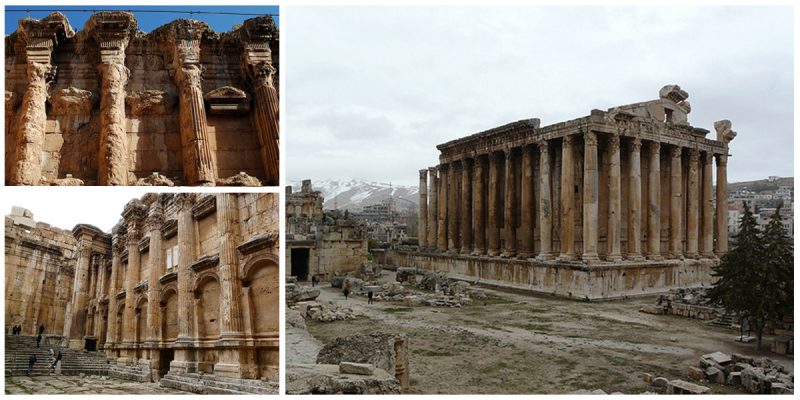Located in modern-day Lebanon (north of Beirut) in the Beqaa Valley, the ancient city of Baalbek, also called Heliopolis or City of the Sun, notes its heyday during the Roman period. Its colossal constructions make it one of the most famous sanctuaries of the Roman world and a model of an Imperial Roman architecture.
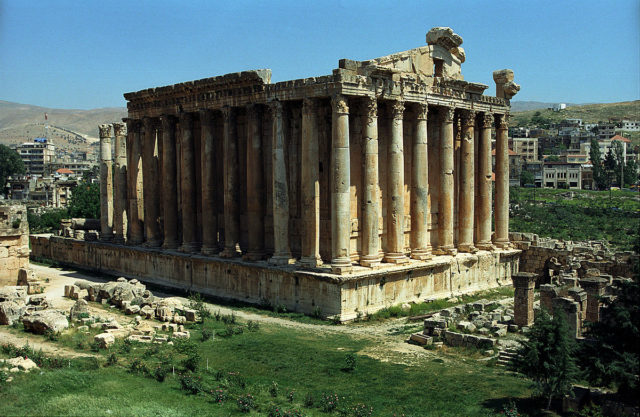
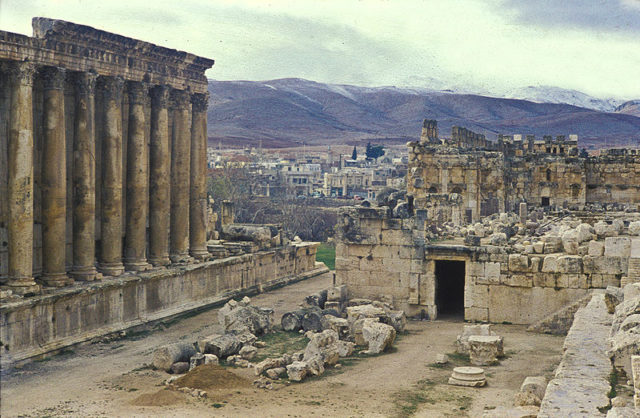
From the 1st century BC and over a period of two centuries, the Romans built three giant temples here: Jupiter, Bacchus, and Venus. Next, to the Jupiter complex, which was created to be the largest temple in the Roman Empire, there is a separate building known as the Temple of Bacchus. The temple is slightly smaller than the Temple of Jupiter, but it became one of the most celebrated sanctuaries of the ancient world.
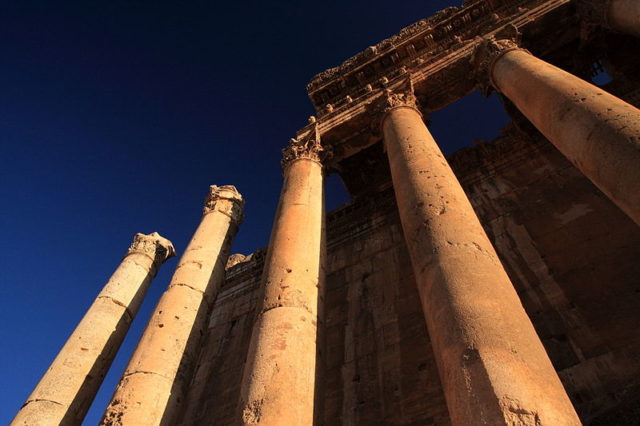
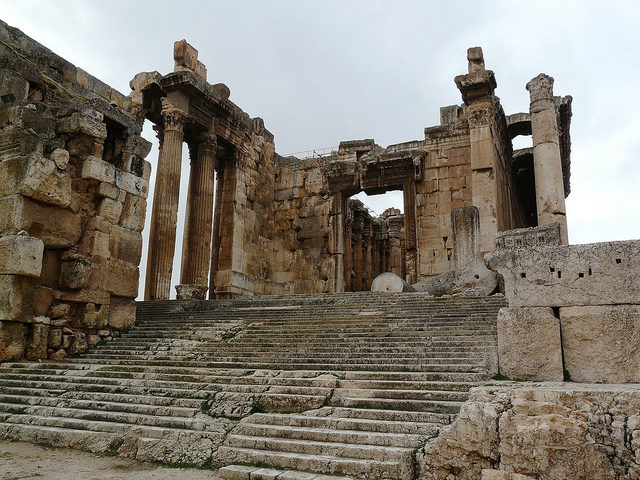
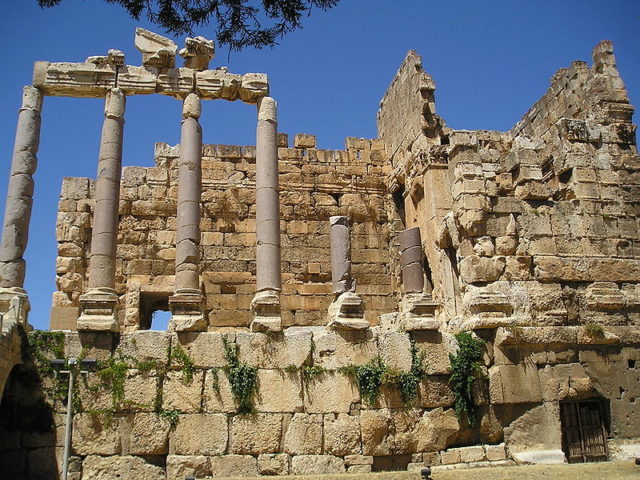
The temple was commissioned by the Roman Emperor Antoninus Pius and designed by an unknown architect around 150 A.D. after the cult of Bacchus had become popular in the empire. Antoninus Pius had intended to make the people of the Baalbek region have great respect for the Roman rule, so he built two towers on the eastern edge of the Temples’ entrance way to create a more familiar building that the locals could relate to and recognize.
The massive structure was dedicated to the Roman god of the wine, Bacchus (also known as Dionysus) but traditionally referred to by Neoclassical visitors as the “Temple of the Sun.” It is the best-preserved structure at Baalbek and the most beautifully decorated temple in the Roman world.
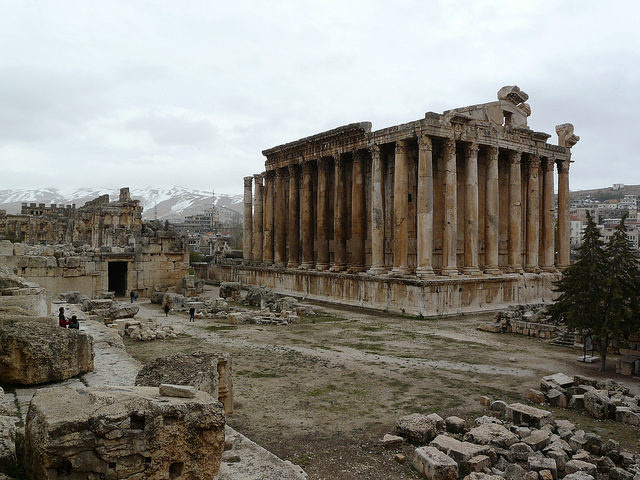
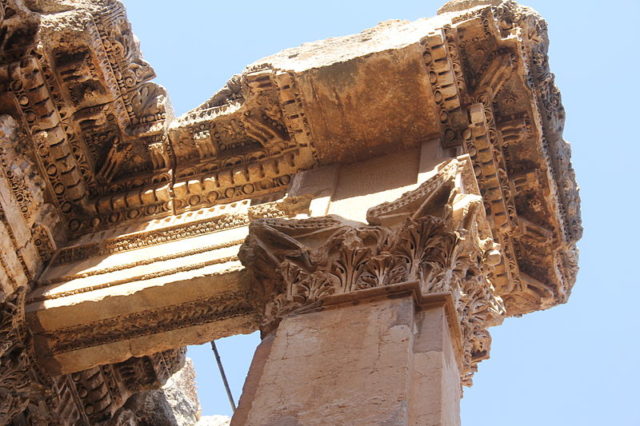
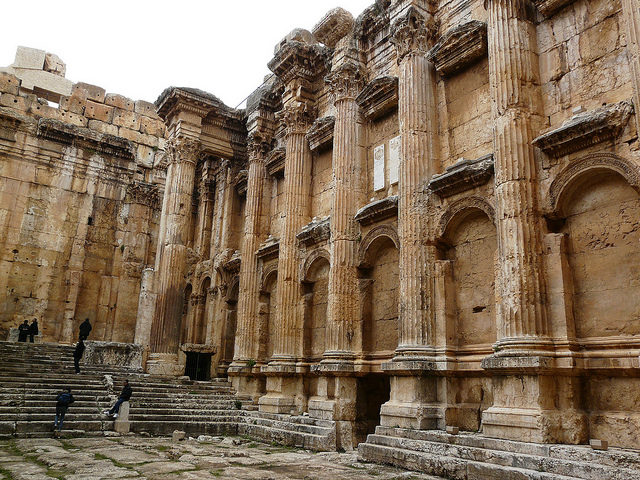
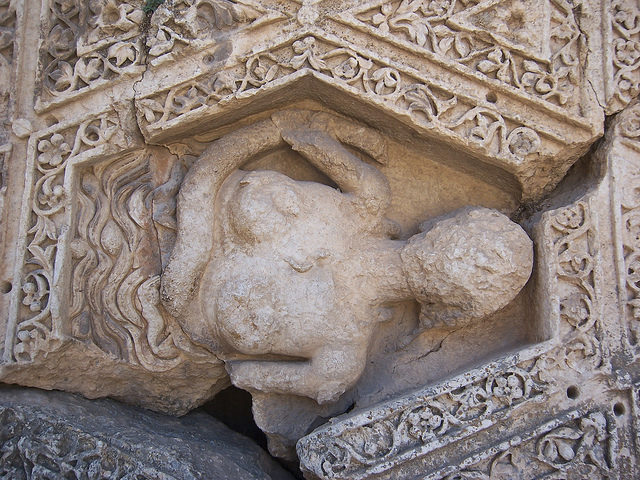
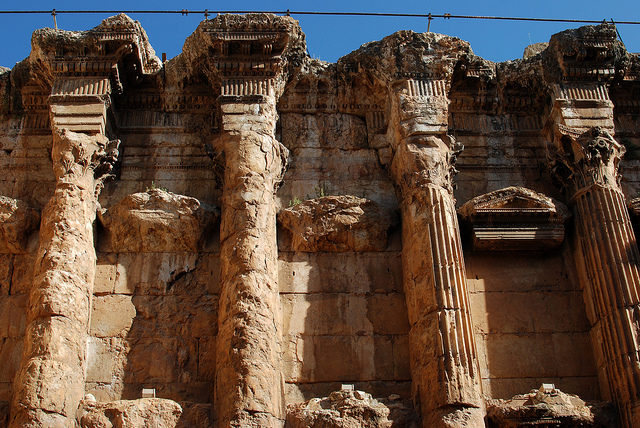
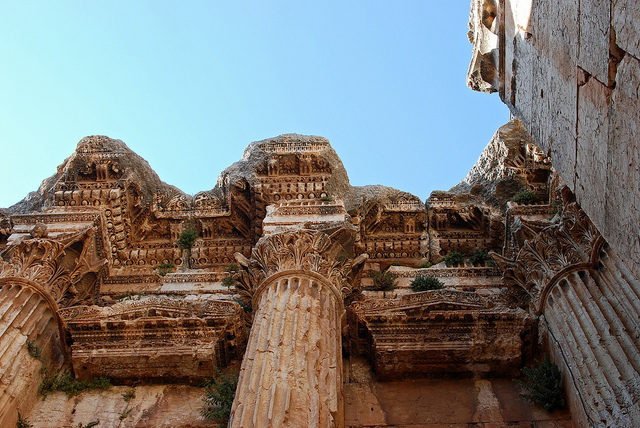
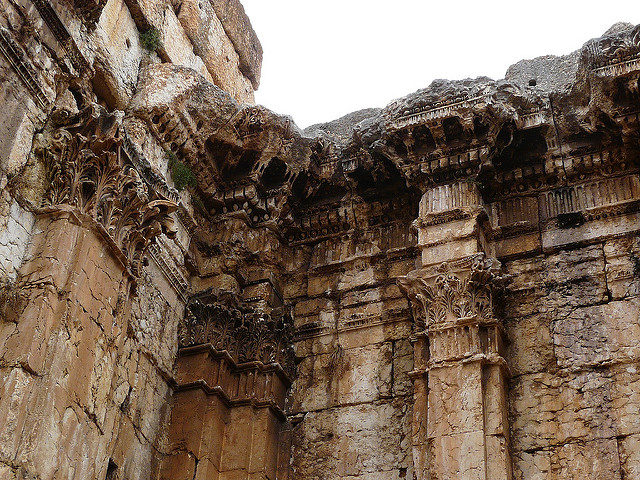
The reason why it is so well preserved is that has been a part of the Baalbek’s Medieval Fortifications. A series of earthquakes over the centuries had further damaged the site, and it wasn’t preserved or excavated until 1898 when a German expedition began to reconstruct the ruins. Extensive clearings and repairs were accomplished under the French mandate and, later, by the Lebanese government. Some figurative reliefs depicting Greek gods have survived, though in a pretty deteriorated condition.
The main entrance is decorated with grapes and vines, and some of the carvings on the ceiling include different versions of the image of Bacchus. Other sculptures include rituals, practices, people, and creatures, and its ornamentation served as an important model for Neoclassical architecture.
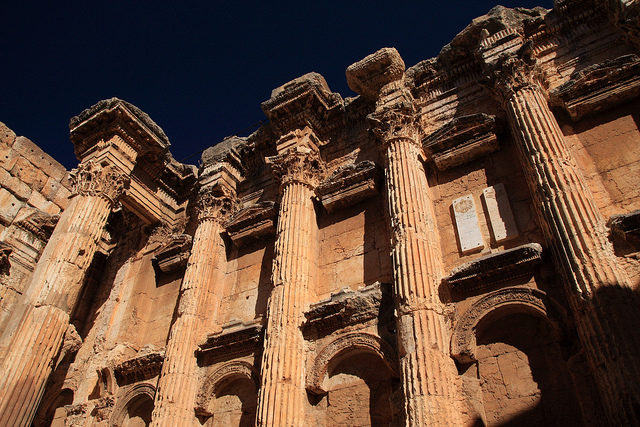
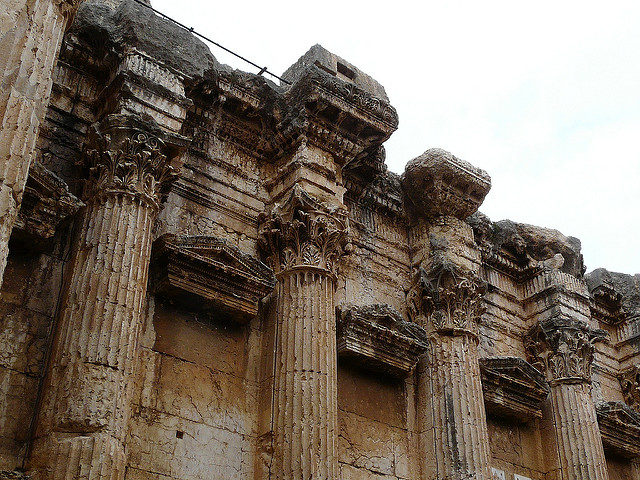
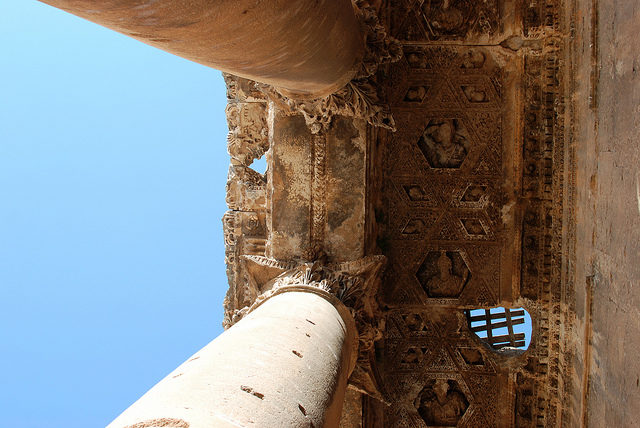
In 1984, several ruins of Baalbek, including the Temple of Bacchus, were inscribed as a World Heritage Site.
We have another story for you: The Mahabodhi Temple is one of the oldest brick structures in India
The temple allures people with its impressive dimensions, richly decorated stonework and monumental gate with Bacchic figures.
